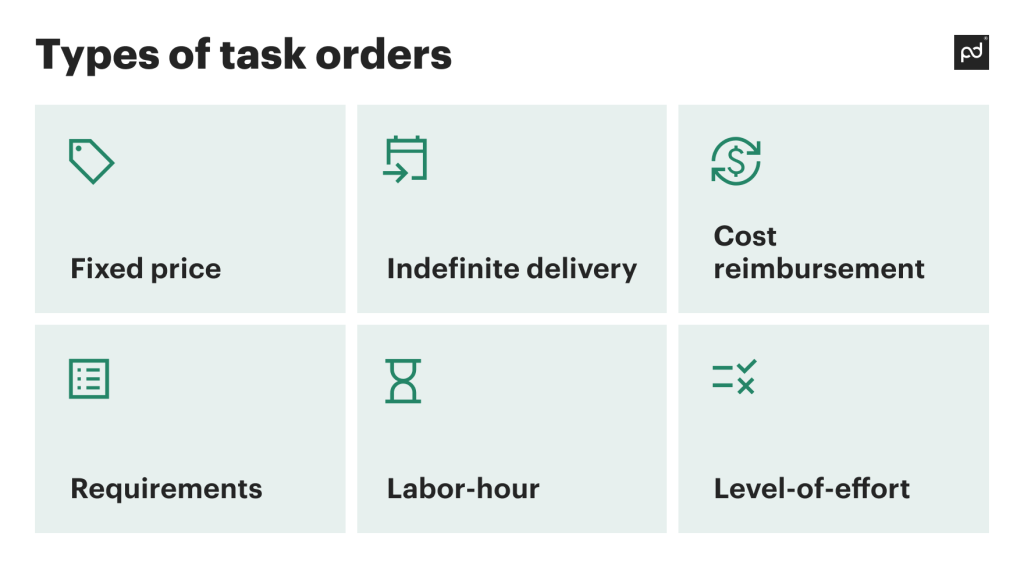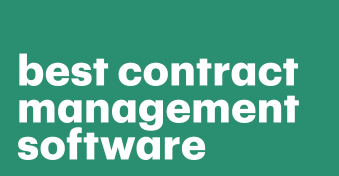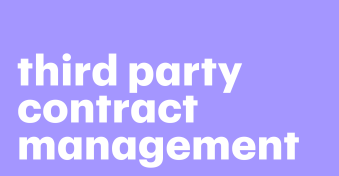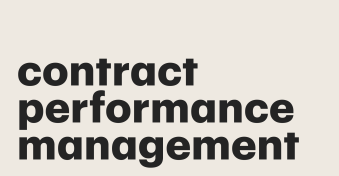The Government is constantly issuing contracts to workers who provide goods or services to the country.
So, how is it possible to have so many contracts when the work varies so much?
That’s where task order contracts come in.
Key takeaways
- Task order contracts are between a government agency and contractors.
- There are many types of task order contracts depending on the project requirements.
- Task order contracts provide flexibility for businesses.
- You can utilize software to help draft contract task orders.
What is a task order?
What is a task order in government contracting? Well, a task order is an agreement made for specific goods or services to meet the overall goals of the basic contract.
Essentially, they’re mini contracts that include the specific details of a project, including the scope, cost, and schedule.
When is a task order contract used?
A task order contract is used when a government agency has already awarded a basic contract to a contractor.
This long-term contractual obligation between the Government and the contractor aims to establish the terms and conditions under which the contractor will provide their goods or services.
Once a contract is agreed upon and in place, the government agency can issue task orders to the contractor, which may be on an as-needed basis, so both parties need to work with some flexibility.
Types of task orders
Let’s look at the main types of task orders:

Fixed price
As the name suggests, a fixed-price task order is when the government agency and the contractor can agree on a fixed price for the services or goods provided.
It’s a common type of contract as often a pre-assessment has been carried out for such projects, and things such as the time it will take and the overall budget are already established.
So, when it comes to drafting a contract, using a fixed-price contract where the contractor will be responsible for keeping within the budget and overseeing profit margins is the most sensible option.
Indefinite delivery
An indefinite-delivery task order is used on an as-needed basis. For instance, if the contractors are offering a service, they’ll provide the service to the Government only as and when it’s needed.
For example, a property that needs continuous maintenance may use an indefinite-delivery type contract, as improvements and repairs are always ongoing.
It’s not a fixed-price contract, and, usually, this type of contract is eligible for a contract extension.
Cost reimbursement
Another type of task order contract is a cost reimbursement task order.
This is used if the final cost of the goods and/or services is not yet established or is a bit more challenging to work out.
When this happens, the government agency will pay the contractor however much it costs to cover the materials and labor, i.e., the cost of resources. In addition to this, they’ll pay a lump sum to the contractor as well as a fee on top for profit.
Requirements
There are many task order contract variations, such as a requirements task order.
A requirements task order is put in place when the government agency needs goods or services for a specific project.
An example of this could be if a new school were being built. Resources needed for the project could be determined based on previously built schools, but every new building is different and requires varying amounts of work.
This can be a useful way to work, as the Government may need specific materials or services, but they may not know precisely what they are in advance.
Labor-hour
Labor-hour is another type of task order used in government contracting.
It allows the government agency to pay for labor hours worked in providing a specific service. It’s similar to how a business will pay its staff an hourly rate for their work.
Level-of-effort
Lastly, there’s the level-of-effort task order.
It’s used in government contracts to specify how much effort and work the contractor should put into a project rather than focusing on the end result.
This is useful when the government agency wants to ensure that work is being completed to a high standard over a specific period of time.
Elements such as the project deliverables and what is required of each party will be established in advance.
4 benefits of task order contracts
Let’s look at four key benefits of task order contracts:
- Flexibility: They provide flexibility for contractors and government agencies alike, mainly thanks to the ability to obtain goods or services on an as-needed basis.
- Offers opportunities: There are opportunities for contractors to gain work and earn additional revenue under a task order contract.
- Controls budget: A task order contract includes budgeting information for the project. So, even if work is done as needed, you can still oversee and control budgets.
- Healthy competition: As multiple businesses try to secure government contracts, healthy competition in the industry is promoted.
What is the difference between task order and contract?
| Key difference | Task order contracts | Standalone contracts |
|---|---|---|
| Qualified contractors | The government agency will select pre-approved contractors with proven experience in their relevant field. | Applications are received from any and all vendors, so it would take longer to vet them. Competition is increased because of this. |
| Pricing | The agency has access to more flexible pricing structures and can agree on a reasonable rate that has been pre-negotiated. | The contractor has more control over pricing and isn’t tied to set pre-negotiated rates. |
| Opportunities | Contracts can be offered to any business. Still, they may be set aside to help growing businesses, such as small businesses and businesses owned by women, as the Government has more of a duty to help such businesses. | Competition is higher as they can be offered to businesses of any size, and there isn’t usually a preference for smaller businesses. |
| Turnaround | The time it takes to respond to an order is usually around ten days, making the turnaround time for task order contracts much shorter than that of standalone contracts. | These normally take longer, and the turnaround time can be 30 days or more. |
| Previous performance | As they’re pre-vetted contractors, the government agency has a record of past performances. It may require you to submit past performance details if they don’t have them on file. | Most standalone contracts need relevant past performance details from the last five years to see if you are legitimate in your application. |
| Payment | The payment model is flexible, and payment can be made at any point during the work, especially if it’s on an as-needed basis. | Usually, there’s no obligation for payment until the task is completed satisfactorily. |
How to write a task order contract in 6 easy steps
Here’s how to write a task order contract:
Provide background
Provide background information that offers a high level of description to the client. Keep it concise, and include information about the client, project, and systems impacted by the task order.
List objectives
Describe what the task will accomplish. This should reflect the end objective that the client wants to achieve.
Outline the scope
Describe the type of work to be carried out, and include essential information such as how long it will take, how it will be performed, and the project budget.
Detail requirements
Think about the tasks the contractor will provide for this task and include specific requirements expected of the vendor. Identify the final outcome and break down each task requirement separately. Outline the minimum requirements for the task.
Include terms and conditions
Include all terms and conditions that both parties need to adhere to before, during, and after the work takes place.
Invoicing details
Produce invoicing details for the contractor and highlight what needs to be included on the final invoice.
Increase the speed and accuracy of your deals with PandaDoc simplified contract management software
Drafting a task order contract is no easy feat, especially if you’re not used to drawing up flexible and open contracts.
Simplified contract management software from PandaDoc could help speed up the process.
It allows you to create contacts accurately and efficiently in one easy-to-access solution.
Utilize PandaDoc contract management software today to make drafting your task order contract a breeze.
Disclaimer
PandaDoc is not a law firm, or a substitute for an attorney or law firm. This page is not intended to and does not provide legal advice. Should you have legal questions on the validity of e-signatures or digital signatures and the enforceability thereof, please consult with an attorney or law firm. Use of PandaDoc services are governed by our Terms of Use and Privacy Policy.


